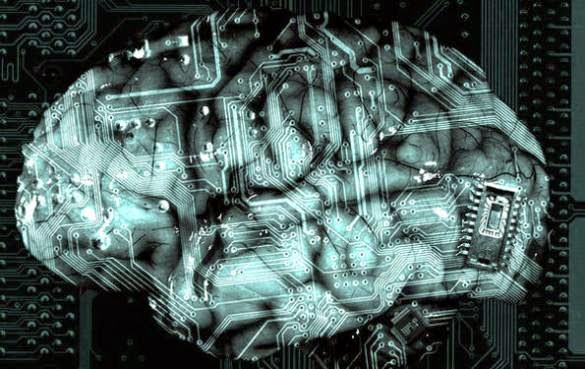In the past year, I have written several posts about Chalmers and Clark's famous extended mind thesis. This thesis takes seriously the functionalist explanation of mental events, and holds that the mind is not confined to skull. Instead, it can extend into artefacts and objects in the world around it.
I have been interested in both the theoretical underpinnings to this thesis and its potential applications, particularly to the human enhancement debate. Anyway, here are links to everything I have done on the concept -- two of them are podcasts in which I discuss it at some length.
- Neuroenhancement and the Extended Mind Thesis: This post introduces the thesis and looks at Neil Levy's so-called Ethical Parity Principle which, to put it crudely, holds that what goes on inside the skull should be ethically on a par with what goes on outside the skull. This could have interesting consequences for the enhancement debate.
- Two Interpretations of the Extended Mind Thesis: Some people have trouble understanding what the extended mind thesis is all about. This post tries to help by considering two interpretations put forward by the philosopher Katalin Farkas.
- Extended Mind and the Coupling-Constitution Fallacy: The biggest criticism of the extended mind thesis comes from Kenneth Aizawa and Fred Adams. They argue that Chalmers and Clark confuse a causal relationship between the brain and external objects with a constitutive relationship. I try to explain this criticism and consider a possible reply.
- Is Automation Making Us Stupid? The Degeneration Argument: This post doesn't explicitly mention the extended mind thesis, but it is about a highly relevant related matter, namely: the cognitive effect of assistive technologies.
- Robot Overlordz Podcast - Episode 150 Enhanced!: This was my first appearance on the Robot Overlordz podcast. I discuss the extended mind thesis and its consequences for the enhancement debate in the second half of the podcast.
- Smart Drugs Smart Podcast - Episode 76 Moral Enhancement: This was my first (and to date only) appearance on the Smart Drugs Smart Podcast. It focuses on the extended mind and moral enhancement.

No comments:
Post a Comment